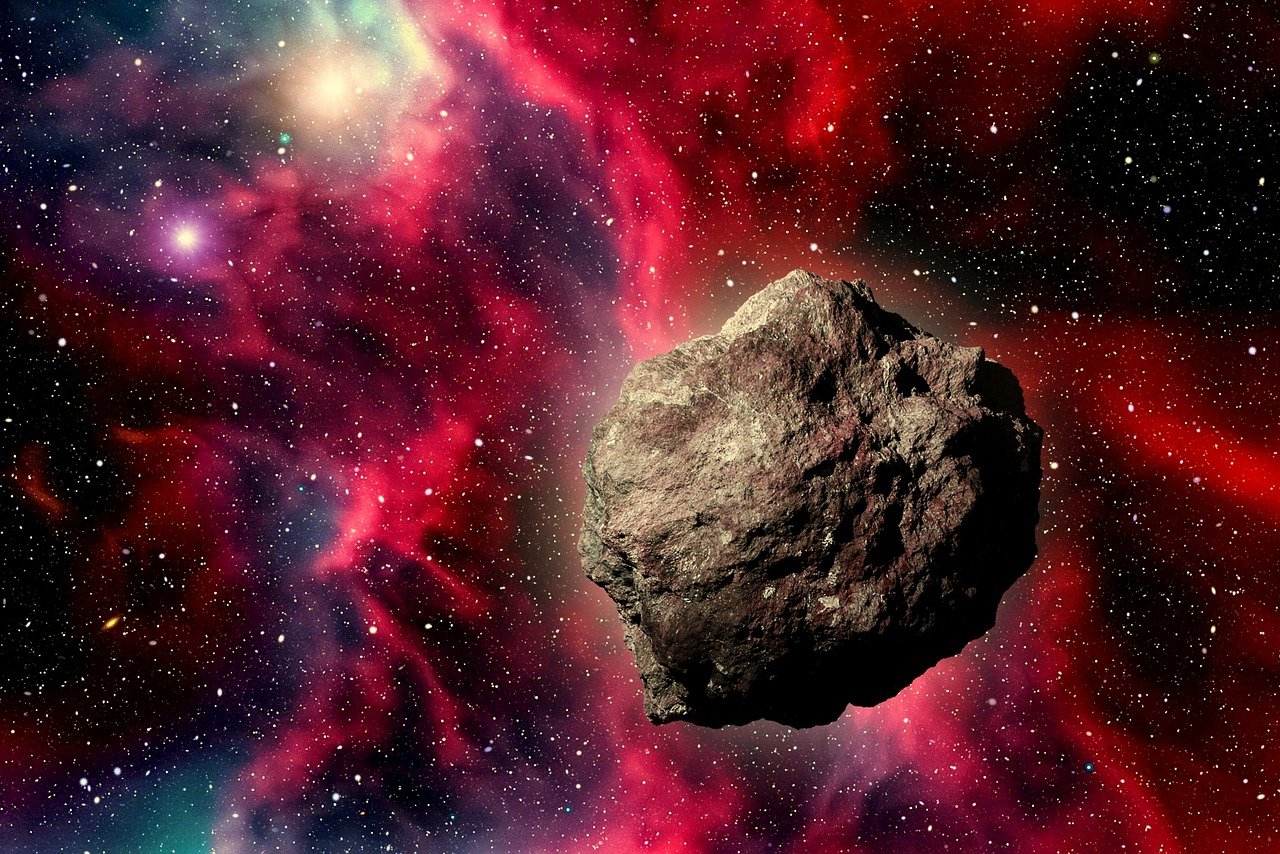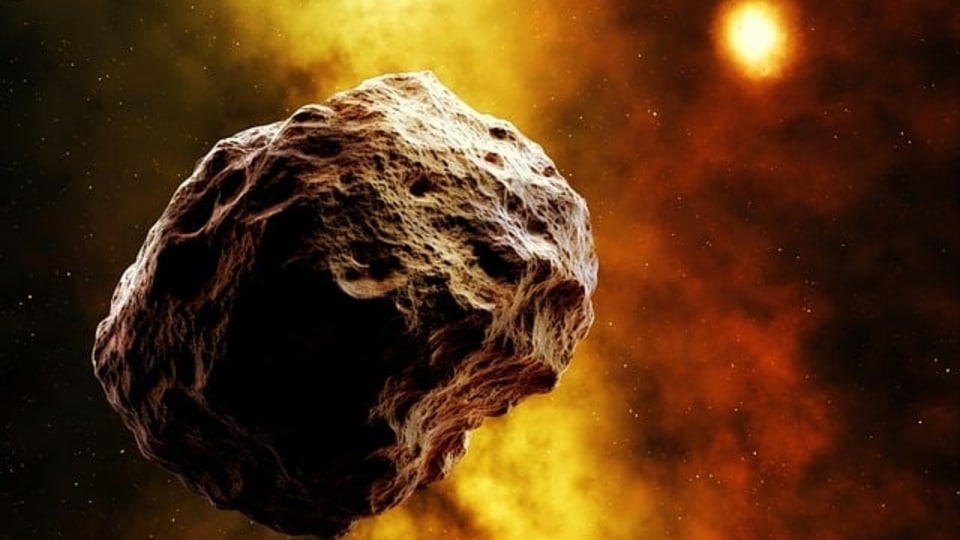Apollo group asteroid predicted to pass Earth within just 3.2 mn km today, reveals NASA
NASA has revealed that an Apollo group asteroid has been tracked and it is expected to pass Earth within just 3.2 million kilometers today, March 13. Check its speed, size and other details.






 View all Images
View all ImagesYesterday, as many as two asteroids passed Earth by a close margin. Both these space rocks were designated as Near-Earth Asteroids (NEAs). Despite their close approaches, these asteroids were predicted not to impact Earth and that is what happened as they flew by harmlessly. But how are these asteroids monitored in the first place? NASA says as soon as its telescopes track a new NEA, the asteroid's observed positions in the sky are tracked by astronomers and reported to the Minor Planet Center. Then, the Center for Near-Earth Object Studies (CNEOS) determines its most likely orbit around the Sun by studying the data. Using this technique, NASA has shed light on an asteroid that is expected to pass Earth by a close margin today, March 13.
Also Read: What are asteroids and how ESA is tracking them
Asteroid 2024 EL1
The asteroid that is set pass Earth today has been designated Asteroid 2024 EL1 by NASA CNEOS. During its close approach, it will come as close as 3.2 million kilometers to the planet. NASA says the asteroid is travelling in its orbit around the Sun at a breakneck speed of about 28351 kilometers per hour which is faster than an Intercontinental Ballistic Missle (ICBM)!
Asteroid 2024 EL1 is just one of the two asteroids that have been predicted to pass the planet today, with the other being Asteroid 2024 EC3.
Is it dangerous?
While it will pass Earth very closely, Asteroid 2024 EL1 does not pose a danger to the planet due to its relatively small size. NASA says the asteroid is almost the size of a house, with a width of 56 feet. It is nearly the same size as the asteroid which exploded over Chelyabinsk in 2013. It damaged 7000 buildings and sent shards of glass flying across the Russian city, injuring nearly 1000 people.
Also Read: 350 feet wide to pass Earth on March 12
NASA says Asteroid 2024 EL1 belongs to the Apollo group of Near-Earth Asteroids, which are Earth-crossing space rocks with semi-major axes larger than Earth's. These asteroids are named after the humongous 1862 Apollo asteroid, discovered by German astronomer Karl Reinmuth in the 1930s.
One more thing! We are now on WhatsApp Channels! Follow us there so you never miss any updates from the world of technology. To follow the HT Tech channel on WhatsApp, click here to join now!
Catch all the Latest Tech News, Mobile News, Laptop News, Gaming news, Wearables News , How To News, also keep up with us on Whatsapp channel,Twitter, Facebook, Google News, and Instagram. For our latest videos, subscribe to our YouTube channel.
































